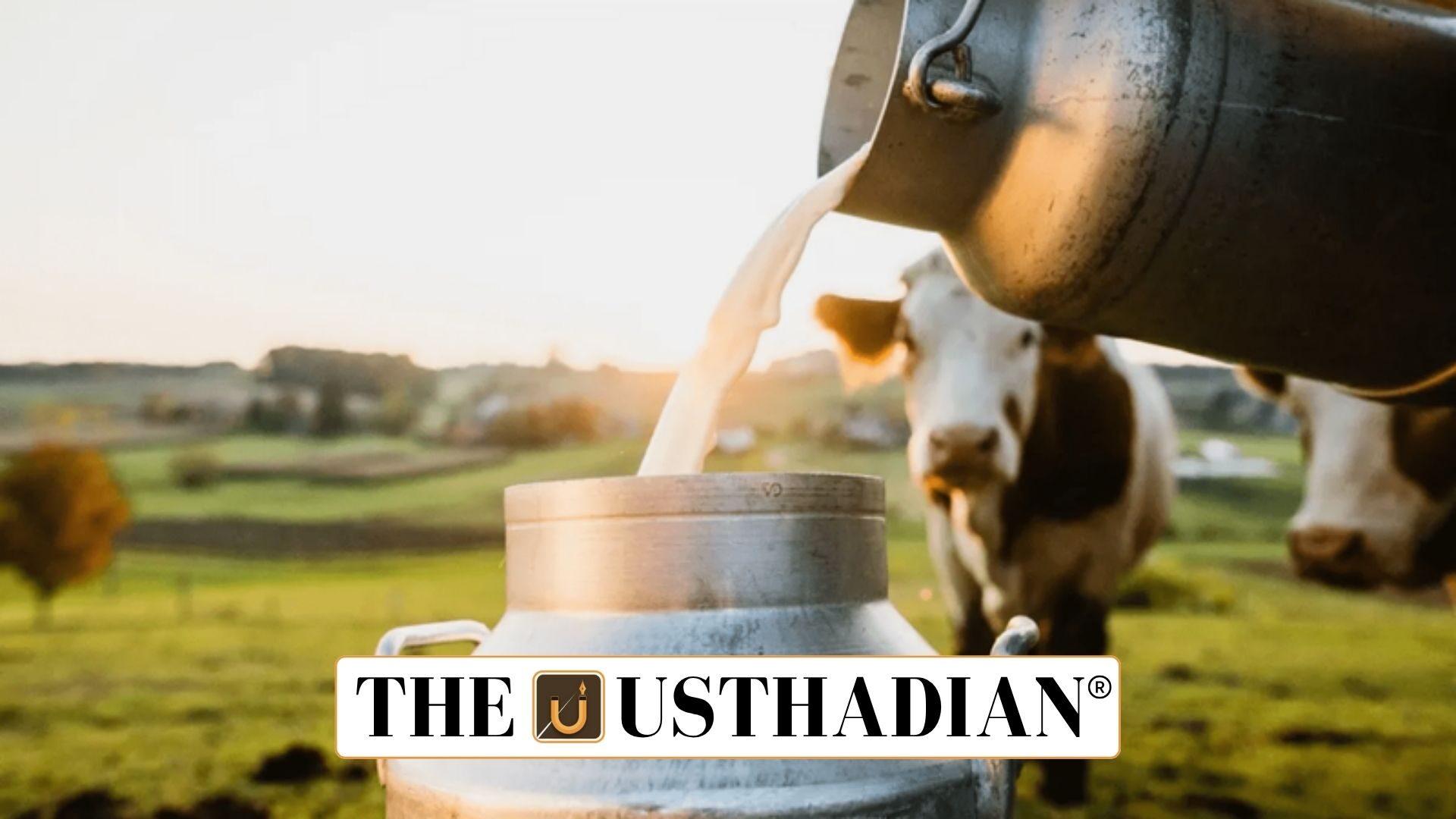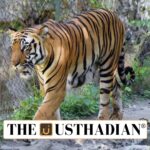India’s role in global livestock sector
India’s Dairy and Livestock Leadership at Global Stage: India has emerged as a world leader in livestock and dairy production. The sector contributes 31% to agricultural Gross Value Added (GVA) and around 5.5% to the national economy. Nearly two-thirds of rural households are directly dependent on livestock for their livelihood.
India is ranked first in milk production, second in egg production, and fifth in meat production globally, reflecting the scale and diversity of the sector. Static GK fact: India’s White Revolution, led by Dr. Verghese Kurien, played a crucial role in making the country the largest milk producer in the world.
Challenges facing the sector
The livestock sector faces multiple structural challenges. Only 5% of cultivable land is under fodder cultivation despite India having 15% of global livestock population. This has created a significant feed and fodder deficit.
Another concern is low insurance coverage, with only 1% of livestock insured. Frequent outbreaks of diseases such as Hemorrhagic Septicemia, Foot and Mouth Disease, and Brucellosis cause economic losses to farmers.
India also ranks 4th globally in antibiotic usage in animals, raising alarms about antimicrobial resistance. Static GK Tip: The World Organisation for Animal Health (WOAH), headquartered in Paris, monitors global animal disease and resistance trends.
Government initiatives for transformation
The government has undertaken several reforms to strengthen the livestock sector. The Rashtriya Gokul Mission focuses on conserving and upgrading indigenous breeds, ensuring genetic diversity and sustainability.
A Livestock Vaccination Programme delivers more than 1.2 billion doses annually, reducing mortality and boosting productivity. The Animal Husbandry Infrastructure Development Fund, worth USD 3.5 billion, provides financial support for dairy processing, feed plants, breeding centres, and meat processing facilities.
Innovative community-based models such as MAITRIs (trained local breeding service providers) and A-HELP (Accredited women engaged in livestock health) empower rural communities, especially women, to actively participate in animal health delivery.
Roadmap for the future
Experts recommend declaring livestock a special sector to channel more resources and policy focus. Promoting integrated farming systems (IFS) combining crops and livestock can improve efficiency and farmer income.
Breed improvement programmes must prioritize state-specific indigenous breeds, preventing their decline against exotic high-yielding breeds. Establishing a National Fodder Mission and expanding livestock insurance are also considered crucial steps for resilience and growth.
Static GK fact: India’s National Dairy Development Board (NDDB), established in 1965, played a central role in the success of Operation Flood, the world’s largest dairy development programme.
Static Usthadian Current Affairs Table
India’s Dairy and Livestock Leadership at Global Stage:
| Topic | Detail |
| Contribution to economy | 31% of agri GVA, 5.5% of national economy |
| Global ranking | 1st in milk, 2nd in eggs, 5th in meat |
| Rural livelihood | Nearly two-thirds of households dependent on livestock |
| Fodder issue | Only 5% cultivable land under fodder |
| Insurance | Only 1% of livestock insured |
| Major diseases | FMD, Brucellosis, Hemorrhagic Septicemia |
| Antibiotic usage rank | 4th in the world |
| Key schemes | Rashtriya Gokul Mission, Livestock Vaccination Programme, AHIDF |
| Community initiatives | MAITRIs and A-HELP for breeding and health delivery |
| Future roadmap | National Fodder Mission, Livestock insurance, Breed improvement, IFS promotion |








